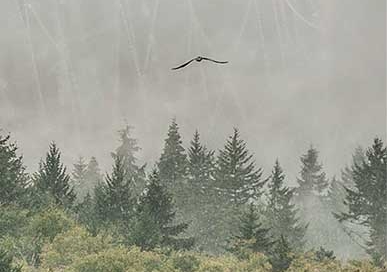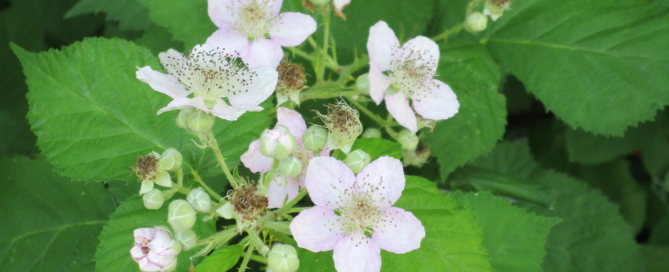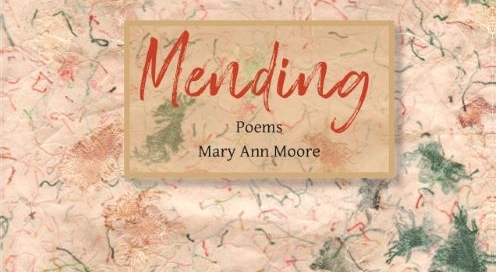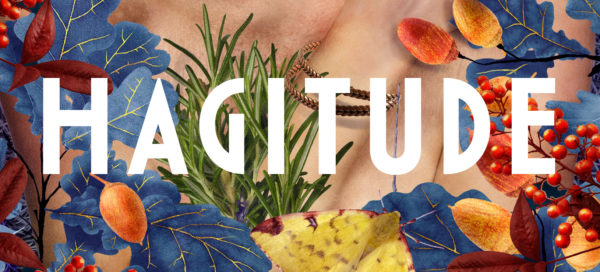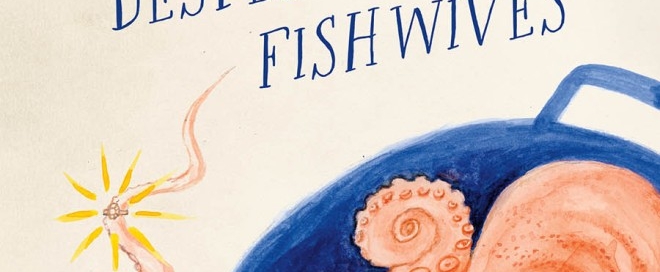A Curious Happiness in Small Things
A Curious Happiness in Small Things (Raven Chapbooks, 2020) – such a perfect title for a book of poetry, especially this book of praise poems by David Haggart.
The poem from which the book takes its title is about the narrator’s ride in the back of a pick-up driven by a woman “near eighty” down the hill on Mt Maxwell Road. Mount Maxwell is on Salt Spring Island, B.C. where David has lived since 2000.
Happiness in small things appears in other poems in the collection too such as “The Truce” about a boy and his Nanny which ends:
I have learned to be grateful
for the least bit of light.
“Moments in Time” describes some natural wonders such as “a polar bear out on the sea ice,” “caribou heading north,” and “a couple of deer delicately picking / their way through a meadow” and ends with:
And last night —
the first adult conversation you have ever had
with your seventeen-year-old granddaughter
how all of this matters
how it all belongs.
There is little punctuation in David’s poems beyond the odd em dash (in place of a comma) and periods at the ends of stanzas. And that works well! One line leads to another, one poems leads to another. As Robert Hilles wrote in his cover endorsement: “Like all great poetry books, you can’t read just one of these poems. You will be drawn in by the compassion and wisdom and after every poem you will want to pause and reflect.”
David’s “wonderful” daughter, Rebecca Hendry, wrote the beautiful preface to the book. She writes: “In this book you will find love songs to his family, to the glory of nature, and to the fierce beauty of the North. You will find fragments of the […]

